Mandal Gaon is a village in the state of West Bengal, India—in the Darjeeling region. Like many villages in the area, the inhabitants are mostly of Gurkha descent; a Nepalese ethnic group brought over to India by the British to work the newly planted tea gardens. Since then, over the course of time, the towns they occupied also became hubs for individually owned gardens. While they rarely produced tea themselves—save for private consumption—they did provide fresh tea leaf for plantation factories.
Mandal Gaon had one such plot run by Mr. Moktan. Toward the end of the 20th century, as Indian tea planatation laws grew more lax, private growers “cropped” up. Moktan was one of them, changing out his potato and corn fields for tea garden space. Situated at an altitude of 5,500 feet, and with the benefit of Darjeeling weather, he planted close to 8,000 small leaf sinensis chinary.
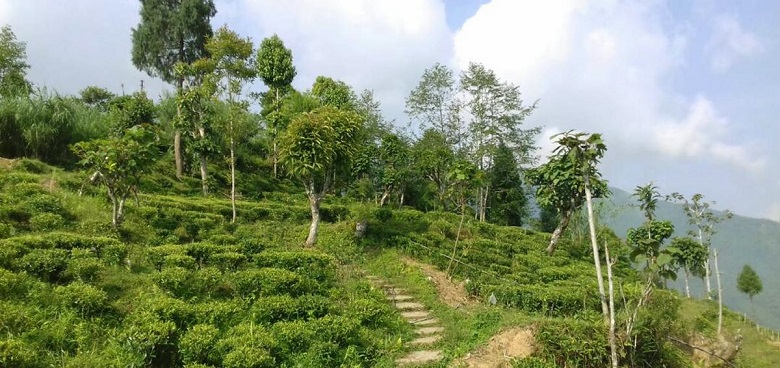
Image owned by Tea Leaf Theory.
His aim was also to incorporate organic cultivation practices in maintaining the garden greenery. No chemicals. In 2016, he hooked up with Team Tea Leaf Theory for the next phase in the garden’s evolution. To make their own tea, instead of selling leaves to factories. As of yet, they still can’t be considered “true” Darjeelings because they aren’t officially registered with the Tea Board, but I have anecdotal/palatial “evidence” to contest that.
Over the course of three years, I tried Mandal Gaon’s teas. A lot. No, I mean, a lot!
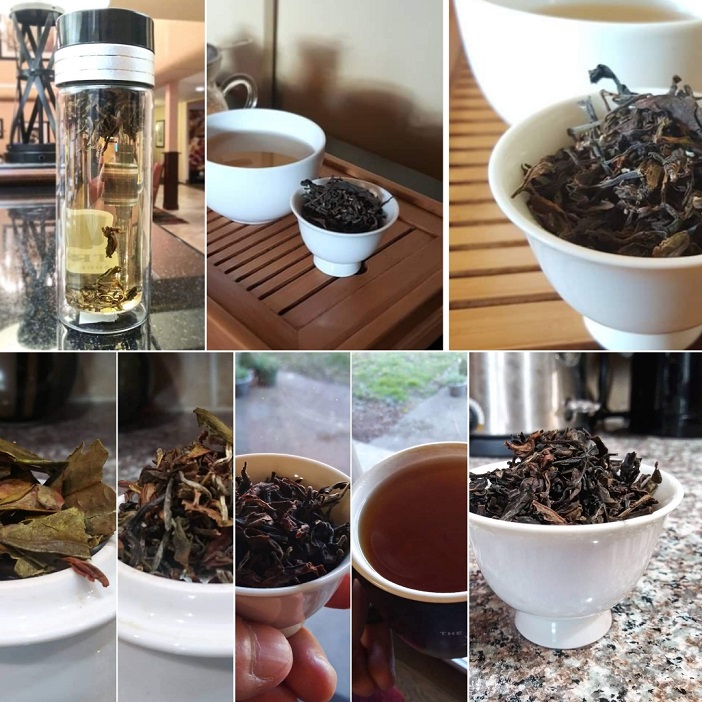
And, yet, I never covered the garden on this blog, and only gave their teas scant mention over social media. In the late-summer of 2020, Tea Leaf Theory’s Upamanyu Borkakoty sent me a first flush and second flush from the garden village, adding that they were a token of gratitude for my continued coverage of their efforts, and for my own personal consumption. And, man, was that graciousness ever an effective way to guilt me into finally covering their teas!
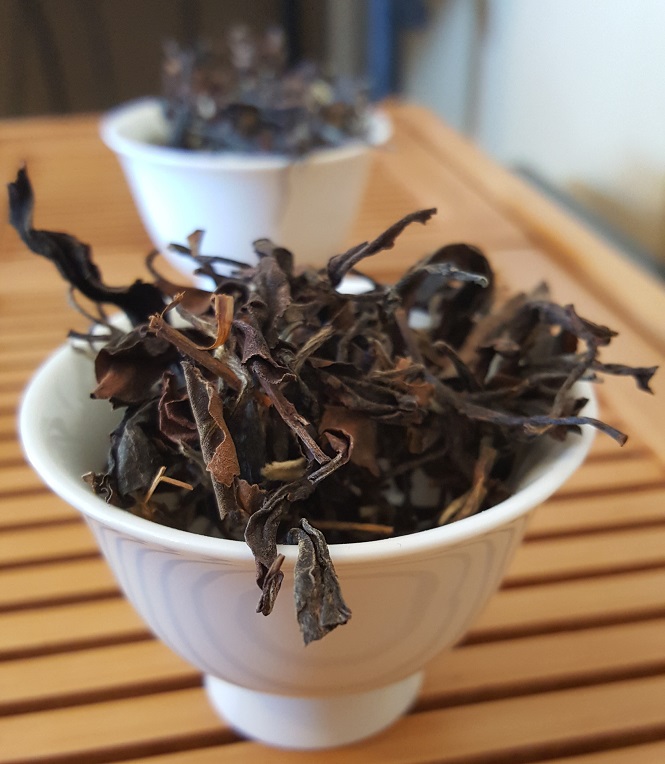
For brewing, I approached both the same way. I went a little higher than my usual Darjeeling default; mainly because of the potential whole leaf heartiness. I used a teaspoon of leaf, both in 150ml gaiwans, water brought to 190F, and a steep for each of three minutes.
Spring Ramro Cha
Ramro Cha was an interesting tea for many reasons. First off, while it was technically a first flush, it did not match any of the hallmarks of being one. Next was the name, “Ramro Cha”; I forgot to ask what that meant. So, I Googled it, and the search engine regurgitated this cute li’l graphic.

Adorable.
The withering stage for the leaves was longer, the leaves themselves were mostly intact, and the oxidation was heavier.
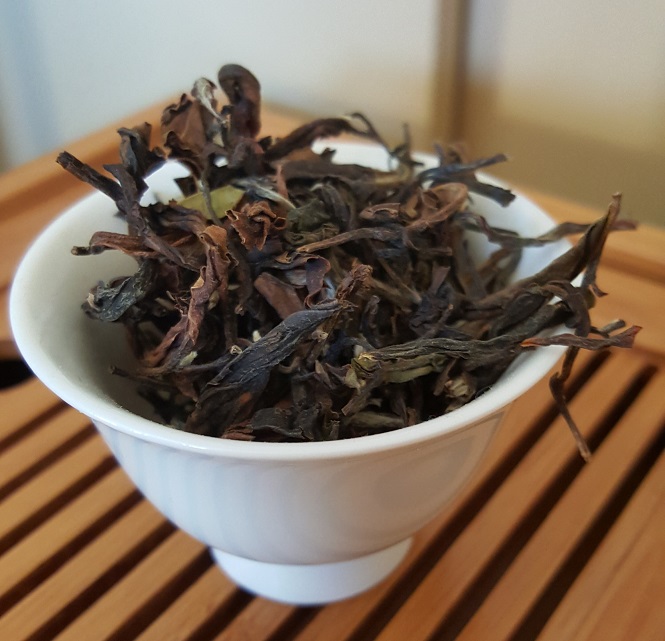
The leaf material for this looked as exquisite as past years. Leaf palette ranged from green, cut pieces, to brown and unfettered, whole leaves. The aroma was lightly smoky, like the embers of a long-gone forest fire, but with a li’l bit of huckleberry on the back-end. In short, it was like someone took a Taiwanese Oriental Beauty and roasted it over an oak spit for a couple of hours. I was, and still am, okay with this.
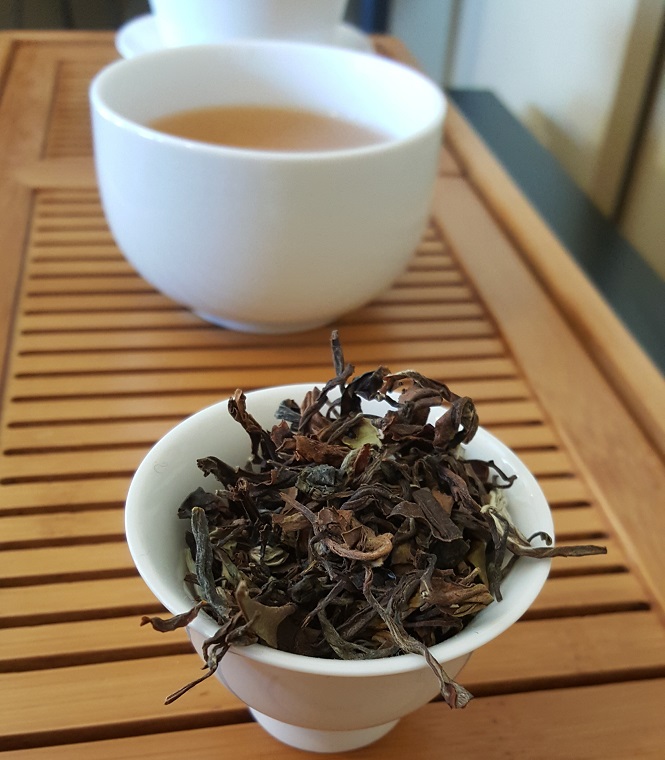
The liquor brewed a deeper bronze than your average first flush, or your average Darjeeling “oolong”, for that matter. Steam scent was all cinder and fruit leaf. A part of me was reminded of oxidized hazel leaf, but nowhere near as sappy. Like it wanted to fit in with the rest of the first flush Darjeelings, but it still ended up doing its own thing—playing with fire in the fire.
Summer Signature Black
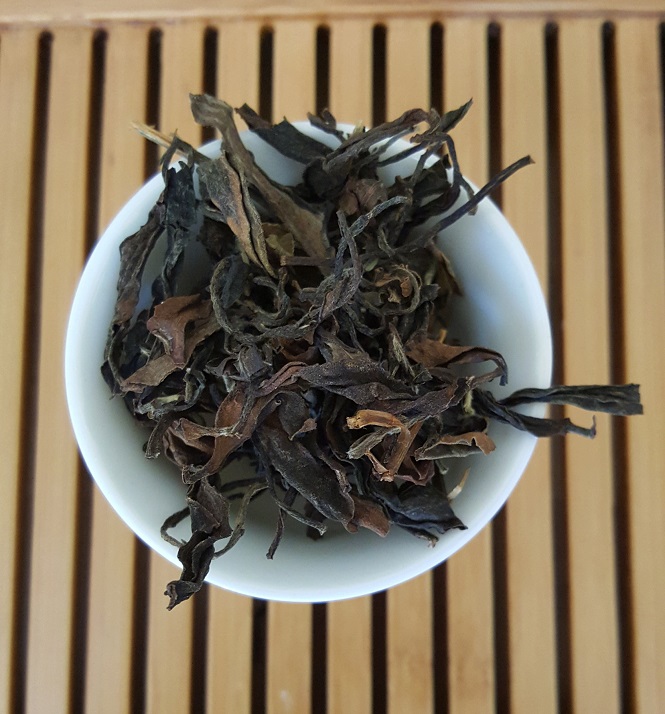
The color palette on this batch resembled the Ramro Cha, but that’s where similarities ended. There were more whole leaves here. That and they seemed larger. Not at all surprising, since it was summer growth. The aroma was also quite different; all fruit, no forest-fire.
The liquor brewed deep amber, looking almost as thick as tree sap.
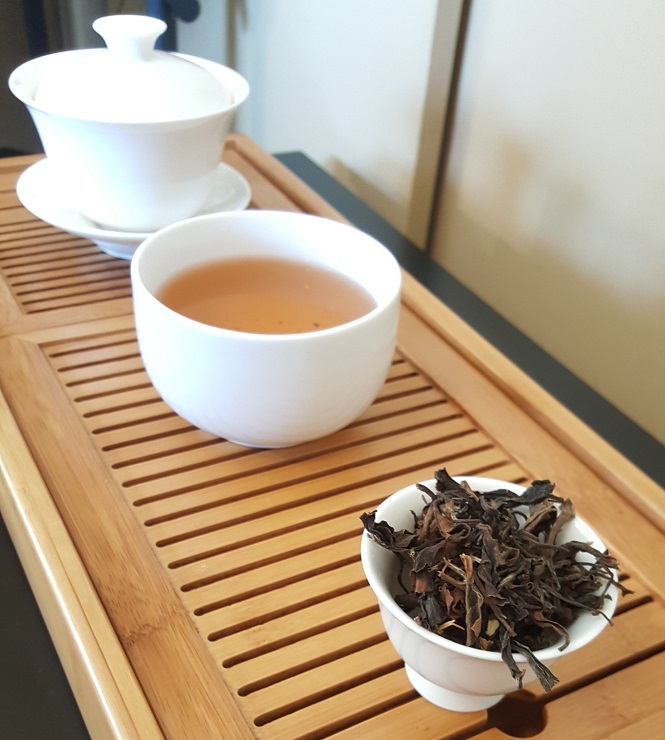
The aroma was muscatel, like any good Darjeeling second flush, if not fruitier. That impression carried over into the taste. Not sure how it’s possible, but this was the fruitiest Darjeeling (or Darjeeling adjacent) tea I’ve had all year. There was a small hint of smokiness on the aftertaste—and it certainly showed up in the huigan—but that further accentuated the almost-toasted-apple lean of the entire tasting experience.
If I were to pick a favorite: for the sheer oddity of it, Ramro Cha wins. They only produce it during first and autumnal flushes, and both seasonal offerings are remarkably consistent. Only difference is in leaf size due to seasonal growth, flavor profile ranges are similar. However, this was my first time really sitting with it, contemplating it, and getting to know it’s “beauty” better—as its name indicates.
The Summer Signature Black is also great, but more what one would expect from whole leaf Darjeelings in general. The thing that sets it apart is the subtle smoky aspect with the loud fruit lean, which is also present in the Ramro Cha. Not sure how they get that note, but I assume a roasting or smoking process—over wood—is used to quicken the heat-drying, as well as add nuance to the flavor. I know another enterprising Darjeeling-adjacent tea producer who uses a similar technique.
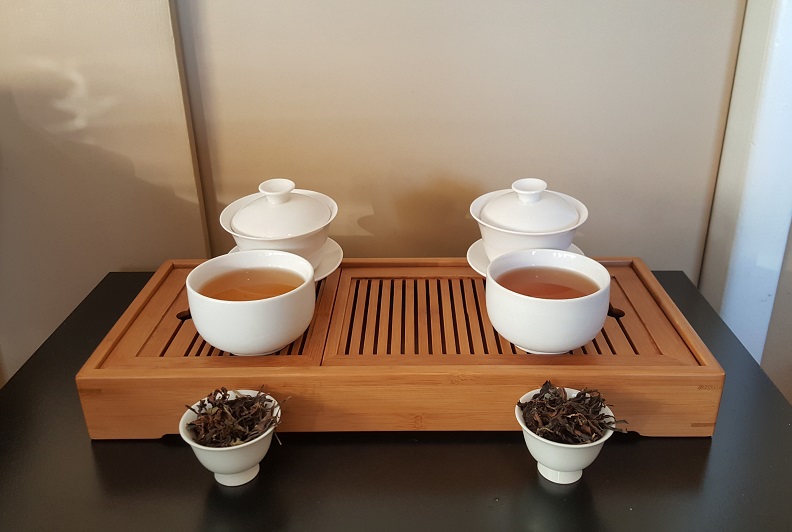
Overall, the three years I’ve spent with this garden, their teas, and memories made therein have been of great value. They remind me why I still stick with this hobby, and also why I seem to return to the Darjeeling region time and again. So many hidden treasures, so many surprises await. The story is in the tea leaves . . .
And that’s more than a theory.
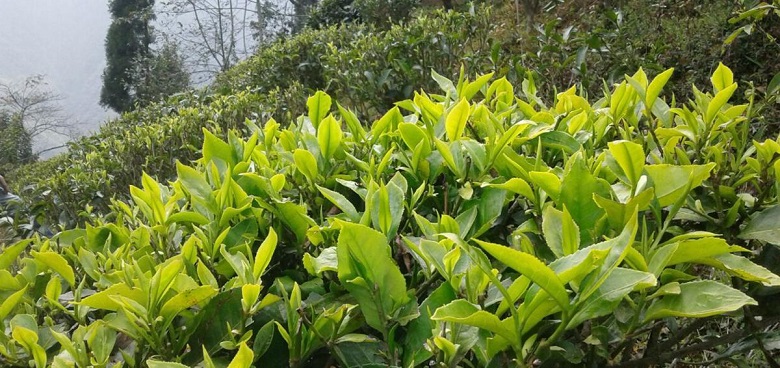
Image owned by Tea Leaf Theory.
For more information on Tea Leaf Theory, and Mandal Gaon specifically, go HERE.

Terra
I have been learning more about tea and enjoying trying new teas and old favorites. This post is fascinating and how wonderful it would be to visit the tea garden you describe here.